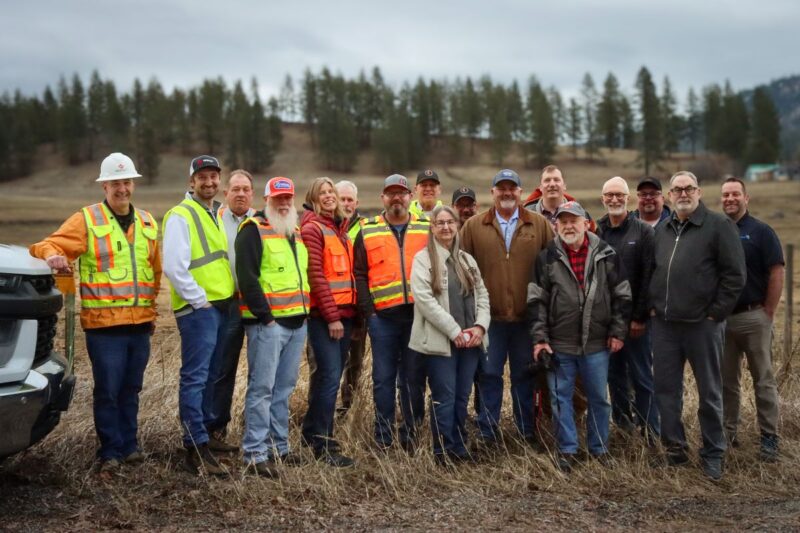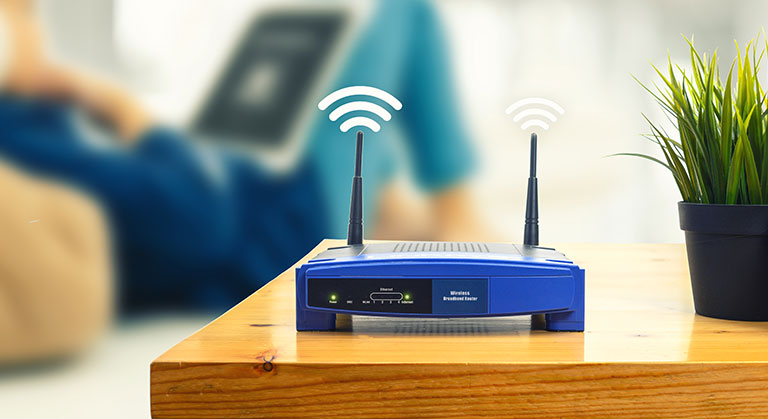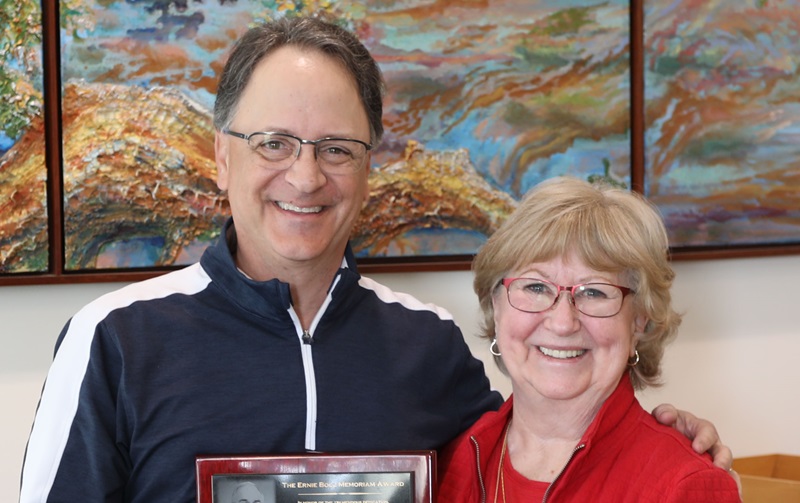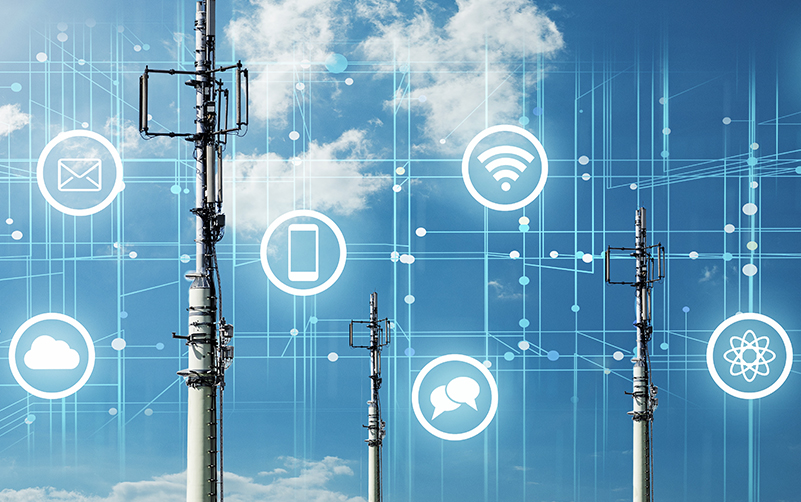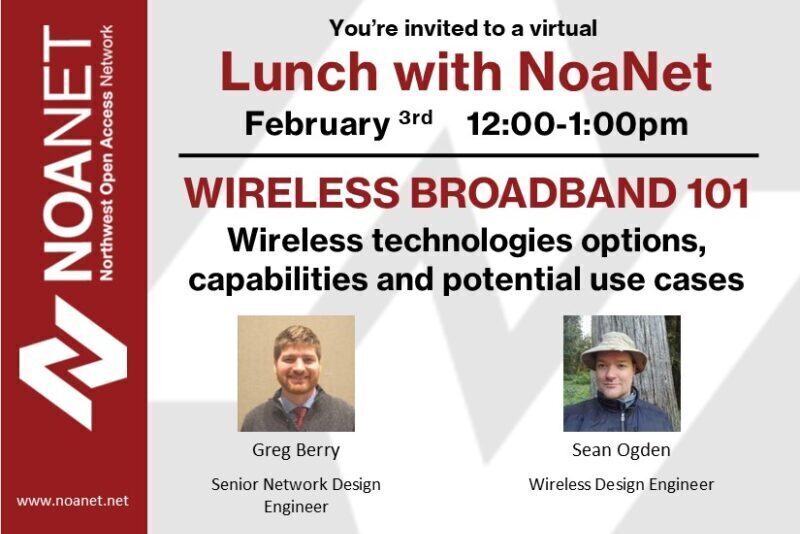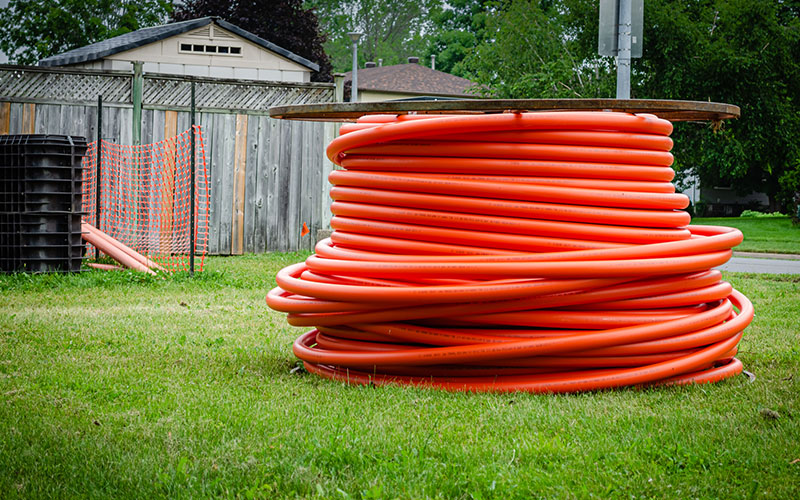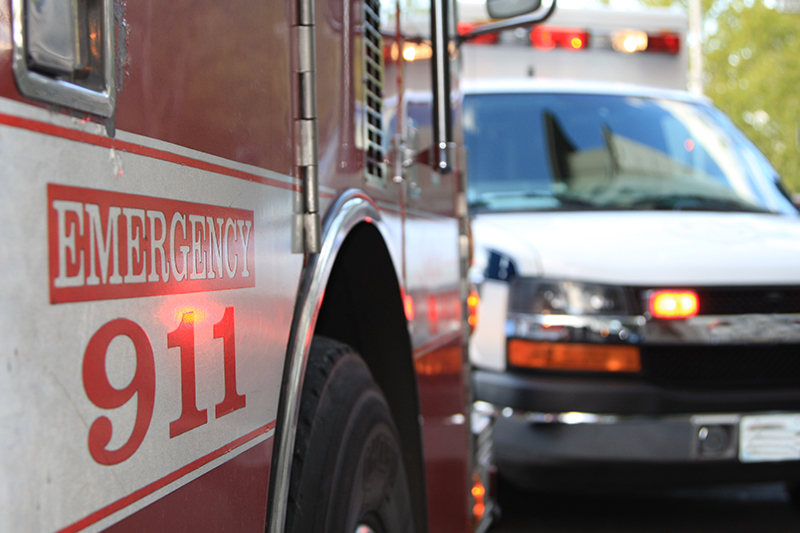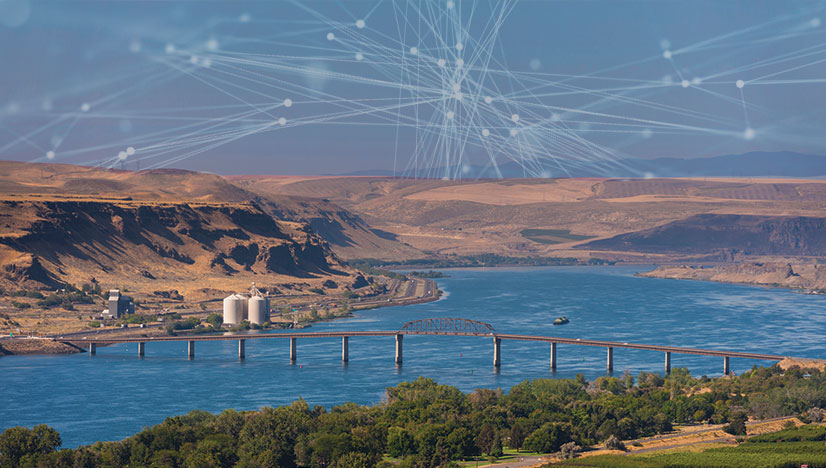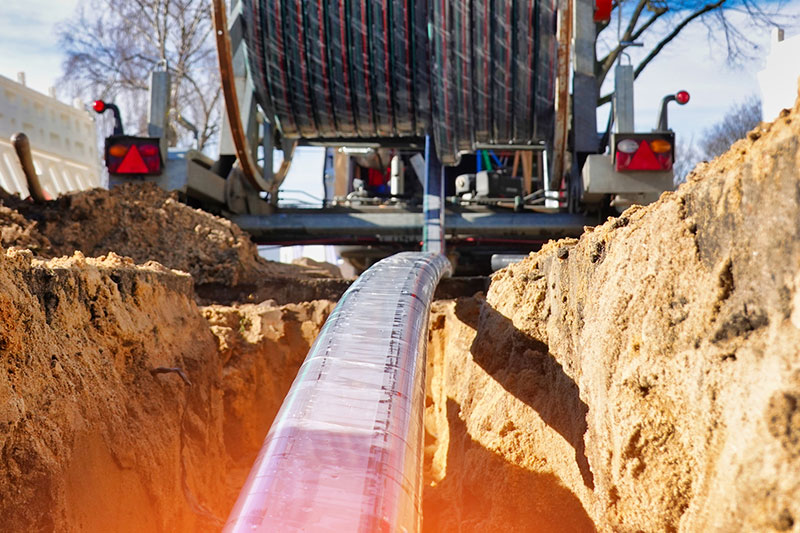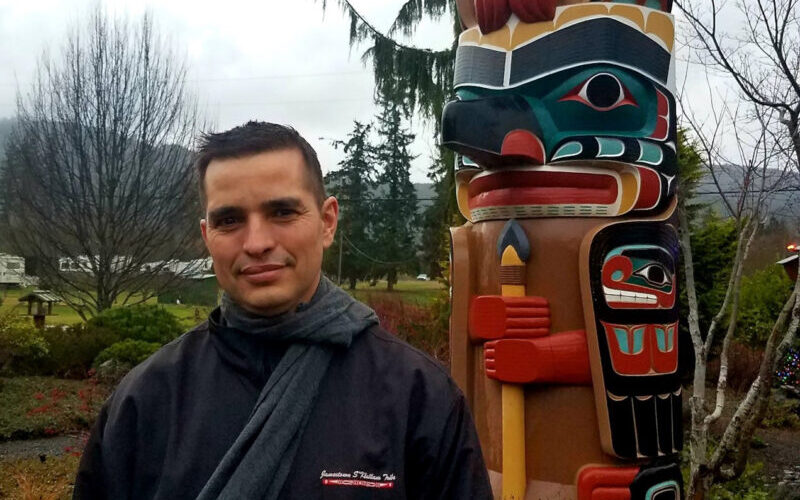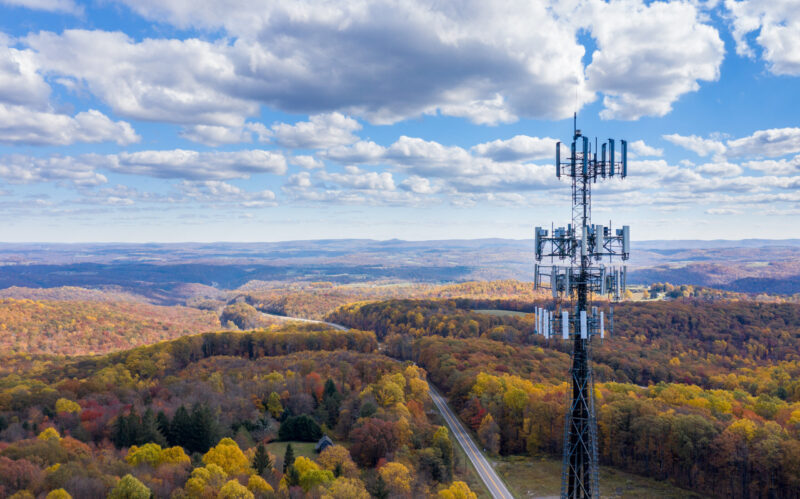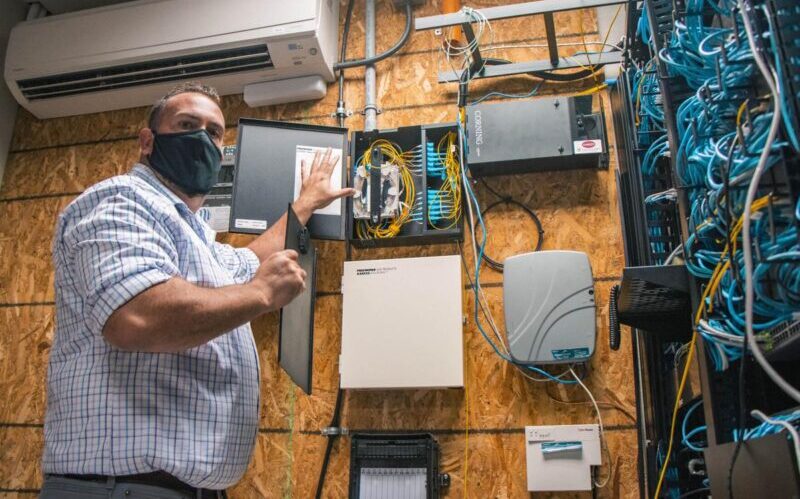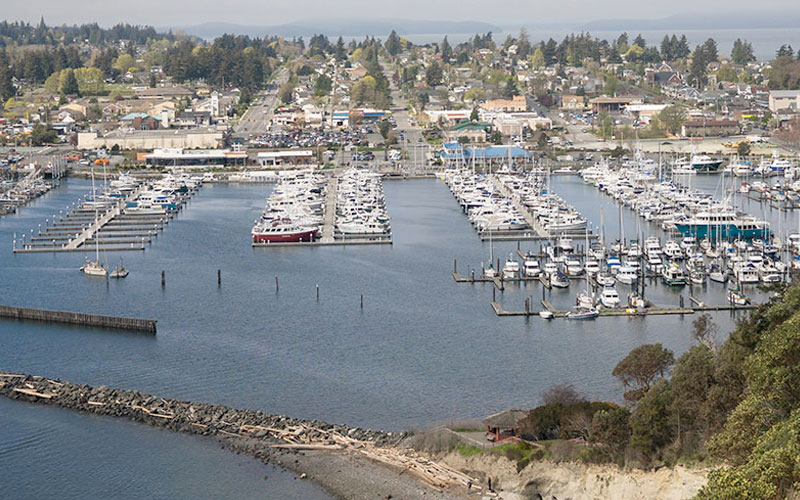Access to the Internet has become a necessity. We need it for work, education, health care, managing money, and staying connected with our community or with loved ones. Currently, at least 20 percent of Americans in rural areas still don’t have broadband access. Seniors in rural areas were 1.6 times more likely to lack access than their urban counterparts.
Though many Americans in more densely populated areas have service from national cable or telephone companies, tens of millions of Americans are still without. Even in cities where there is service, in some areas the connection is unaffordable. In many rural areas, DSL may be the only available option, limiting remote work capacity and other vital communications.
Many communities have gotten scrappy in their attempts to make broadband more available: Using public Wi-Fi or mobile hotspots (using the cellular network), providing Internet access and computers at libraries, or building and operating their own public networks. While Wi-Fi and mobile hotspots are potentially helpful band-aid solutions, affordable high-speed Internet access to households should be the gold standard for all.
Here’s where the regional cooperatives have stepped up for the public benefit. Consider how funding from the Rural Electrification Act of 1936 enabled electric cooperatives to light up large, previously dark parts of the country. The Internet, viewed by Americans as a necessary utility, is much the same. In the 1990s and early 2000s, many cooperatives started using fiber to connect their power substations. There are presently more than 100 cooperatives across the country with broadband subsidiaries – most using fiber to connect communities. Cooperatives are governed by their members, creating important incentives for universal service at reasonable prices.
Counties, public utility districts, and municipalities have also worked tirelessly to connect the most rural parts of their communities. This embodies why NoaNet exists, facilitating our PUD-member organizations’ communications and to get (and keep!) communities connected to economic development opportunities through its expertise in reviewing “shovel readiness” for prospective communities, “grant-writing 101” counsel for grant applicants, engaging stakeholders to align goals and outcomes, managing critical “middle mile” infrastructure development, and long-term network operations services. Many private Internet Service Providers (ISPs) are utilizing public benefit networks to make broadband more available and accessible in rural homes and businesses by taking on that “last mile” where middle mile infrastructure has been deployed by regional, public benefit operators. Together, we’re making inroads.
Federal funding has created unprecedented opportunity and momentum to connect more Americans. Congress passed the Infrastructure Investment and Jobs Act in Nov. 2021 with $42 billion for broadband infrastructure deployment sent directly to the states. The act prioritizes regions that do not meet the federal definition of broadband—almost all of them are rural. The legislation also made the Emergency Broadband Benefit permanent, now called the Affordable Connectivity Program. In this program, qualifying households get up to a $30 per month benefit towards Internet services, and a one-time benefit of $100 towards an internet-connected device provided by participating Internet service providers. The eligible income level ceiling was also raised to 200 percent of the federal poverty guidelines, making it possible for more families to qualify than ever before.
But how can you connect unserved and underserved communities when available data occludes the full story? Internet Service Providers must report who they serve via census blocks every year through Form 477 of the FCC, but the reporting isn’t perfect and often obscures the underserved within those blocks. The FCC is currently retooling its mapping to reflect better accuracy on what census blocks truly have coverage, but it will take time.
Beyond infrastructure challenges, ensuring affordability, building digital skills, and accessing the Internet require help. Users may also need ongoing technical support. Organizations and digital inclusion advocates are engaging in several successful strategies to make digital devices accessible and affordable for all. They include discount programs for nonprofit organizations on new or refurbished device purchases, getting local businesses and public agencies to donate devices for refurbishing (which helps ensure supply while the private sector is contributing back to the community), and offering devices either to own or to loan out, or making devices publicly accessible at libraries, community centers, senior centers, and other gathering spaces.
Along with those devices comes the need for support: determining the right device and where to get it, set-up, basic use, and then getting the most out of one’s device through skills-building. Specially trained digital navigators can provide this type of support, and, thanks to the funding that’s backing up many of these facilitators, they tend to work with underserved populations, seniors, tribal members, and more.
Public and private entities both benefit from new infrastructure and lowered monthly costs for families. Collaboration brings opportunities for more Americans to work, get educated, seek medical help, manage households, and connect to their communities from wherever they are, regardless of income level.
The private sector has done commendable work in building out areas where the business case makes sense for them, and in the areas that still need support, the public sector has made strides to improve access. Until the day comes when having high-speed Internet will be as common as electricity running into every home, we’ll keep going!
Northwest Open Access Network (NoaNet) is a not-for-profit wholesale telecommunications mutual corporation serving Washington State since 2000. As a mission-driven organization, NoaNet focuses on bringing world-class telecommunications technology to hard-to-reach communities which lack access to high-speed, affordable broadband services.


